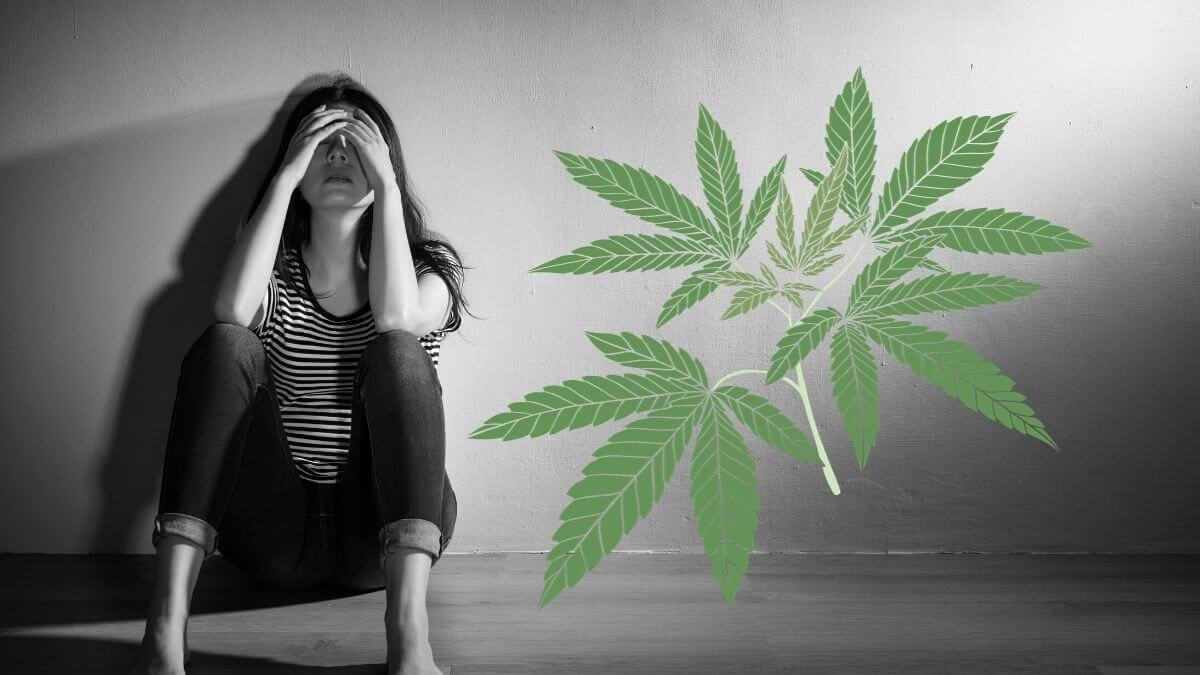Association between marijuana laws and suicide among youth
Youths living in U.S. states with legalised medical marijuana or recreational marijuana had higher rates of death by suicide than youth in states without legalisation, according to a report in the Journal of the American Academy of Child and Adolescent Psychiatry.
Using 20 years of national data, the research examined associations between Medical Marijuana Legalisation (MML), Recreational Marijuana Legalisation (RML), and suicide-related deaths among individuals aged 12 to 25 years, and assessed whether they varied based on age and sex.
“Given dramatic shifts in cannabis policy over the past 20 years, it is important for clinicians and policymakers to understand potential downstream public health outcomes related to changing cannabis policy” wrote lead author Christopher J. Hammond, M.D., Ph.D., of Johns Hopkins
The researchers analysed data on suicides using the 2000-2019 U.S. “Cause of Death” files. The final analysis included 113,512 suicide deaths.
Across all ages, female youth who lived in MML and RML states had a 10% and 16% greater risk for suicide, respectively, compared with those who lived in no ML states. Male youth aged 14 to 16 living in RML states had a 15% higher risk of suicide compared with male youth in MML states. When data on both sexes were combined, youth aged 14 to 16 in RML states had an increased suicide risk ranging from 9% to 14% compared with same-age youth living in states with MML or no marijuana legalisation, respectively.
The authors emphasised that the study is limited in its ability to explain the mechanism for increased youth suicide and marijuana legalisation. But the results are still deeply concerning and must lead to legislative reform.
“Medical Marijuana Legalisation (MML) and Recreational Marijuana Legalisation (RML) were associated with increased suicide-related mortality in female youth and 14-to-16-year-old individuals of both sexes. Mechanisms through which MML and RML are related to suicide risk in female youth and younger-aged adolescents warrant further study and should be used to reform cannabis legislation with the goal of mitigating risk for vulnerable subgroups” … “Over the past two decades, U.S. cannabis policy has been primarily profit driven. Shift to a public health-centric approach is needed.”
Read full report in the Journal of the American Academy of Child and Adolescent Psychiatry:www.jaacap.org/article/S0890-8567(23)00341-6/fulltext






